Are you into cultural sites, and are you a passionate foodie? Then, get ready to discover the best of Singapore cuisine and hawker culture! Singapore is a city where food is far more than just sustenance. It’s a way of life, a cultural narrative, and a reflection of its rich, multi-ethnic history.
From humble street food stalls in bustling hawker centers to Michelin-starred fine dining establishments, Singapore’s culinary landscape is an embodiment of the country’s vibrant cultural fusion. Singapore cuisine will amaze you!
With influences from Chinese, Malay, Indian, Peranakan, and Western cuisines, Singapore’s food scene is a gastronomic melting pot that has earned it a place on the global food map. In this guide, we’ll dive deep into Singapore’s iconic dishes, the history behind them, and where you can experience the best of Singaporean cuisine.
Whether you’re a street food enthusiast or someone seeking an immersive culinary experience, this guide will help you navigate Singapore’s food haven like a pro.
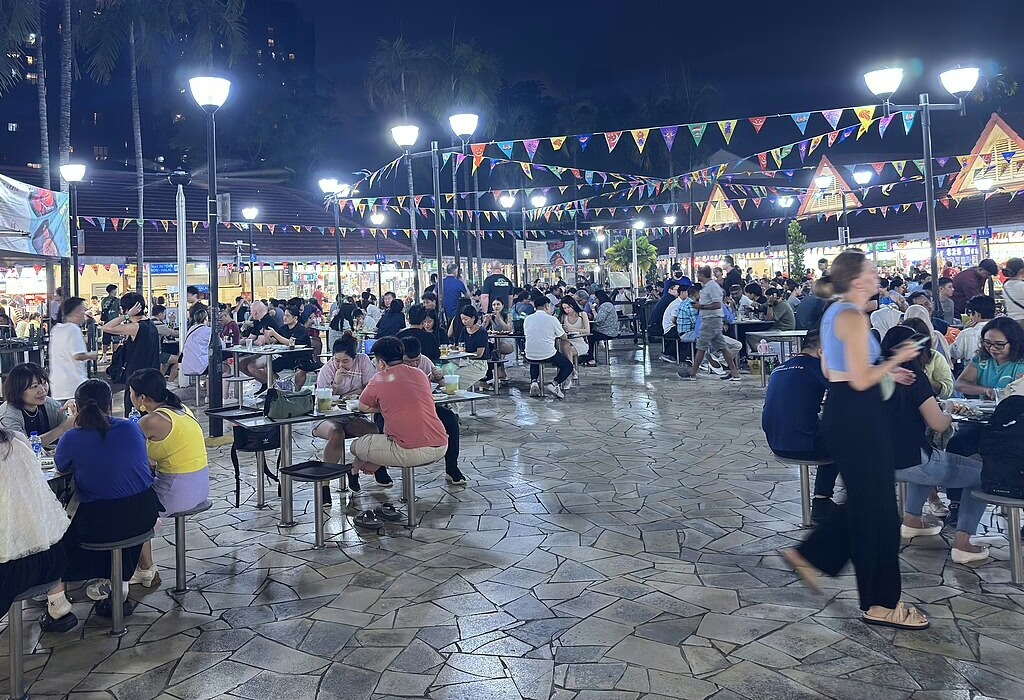
Singapore’s Culinary Roots: A Fusion of Cultures
Singapore’s diverse food culture has its roots in its colonial and trading history. As a port city, Singapore has long been a crossroads of cultures, attracting immigrants from China, India, Malaysia, and Indonesia, among other places. Each community brought its own culinary traditions, resulting in the incredible fusion of flavors that characterize Singapore cuisine today.
The Influence of Chinese Cuisine
Chinese immigrants, primarily from the southern provinces of Fujian, Hainan, and Canton, brought with them culinary staples like noodles, rice, and a variety of meats and vegetables. This influence is evident in dishes like Hainanese Chicken Rice, Char Kway Teow, and Dim Sum, which have become quintessentially Singaporean while retaining their Chinese roots.
Where to Try:
- Tian Tian Hainanese Chicken Rice at Maxwell Food Centre is one of the most famous stalls, earning praise from celebrity chefs like Gordon Ramsay.
- Outram Park Fried Kway Teow Mee at Hong Lim Food Centre serves a smoky, charred version of the classic Char Kway Teow.
Malay Cuisine and Its Spices
The indigenous Malay population, along with immigrants from nearby Malaysia and Indonesia, introduced a bold use of spices, herbs, and flavors that form the backbone of many beloved dishes. Malay cuisine is known for its use of ingredients like lemongrass, tamarind, coconut milk, and belacan (shrimp paste). Satay, Nasi Lemak, and Rendang are some of the iconic Malay-inspired dishes you’ll find in Singapore.
Where to Try:
- Lau Pa Sat’s Satay Street is famous for its satay stalls, offering grilled meat skewers served with a delicious peanut sauce.
- Selera Rasa Nasi Lemak in Adam Road Food Centre is renowned for its fragrant rice, crispy fried chicken, and sambal.
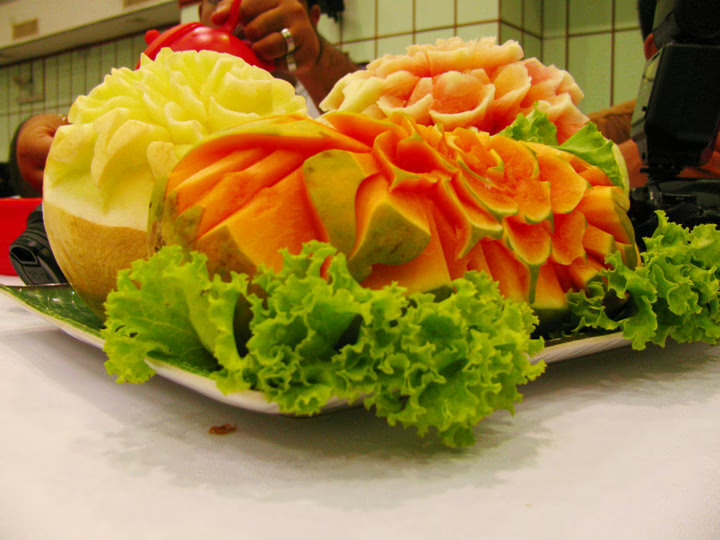
Indian Influence: A Rich Legacy
Indian immigrants, mainly from Tamil Nadu, Kerala, and Gujarat, contributed to the introduction of spices and curries. Today, Little India is a bustling district in Singapore where you can sample roti prata, fish head curry, and masala dosas. The South Indian influence is particularly strong in dishes like biryani and spicy fish curries, which have been adapted to suit local palates.
Where to Try:
- Komala Vilas in Serangoon Road is a classic eatery known for its dosas and vegetarian thali.
- The Banana Leaf Apolo is famous for its fish head curry, served on banana leaves, for an authentic experience.
Peranakan Cuisine: A Unique Blend
Perhaps one of the most unique and celebrated culinary styles in Singapore is Peranakan or Nonya cuisine. The Peranakans are descendants of Chinese immigrants who settled in the Malay Archipelago and intermarried with local Malays. Their food combines Chinese ingredients with Malay cooking techniques, creating rich, aromatic dishes like laksa, Nonya kueh (sweet cakes), and ayam buah keluak (chicken with black nuts).
Where to Try:
- 328 Katong Laksa in the Katong district offers a creamy, spicy version of laksa with cut noodles for easier eating.
- Candlenut, the world’s first Michelin-starred Peranakan restaurant, provides a refined twist on traditional dishes.
A UNESCO Heritage: Singapore’s Hawker Culture
At the heart of Singapore’s food scene are its hawker centers—large, open-air food courts where vendors sell an array of local dishes at affordable prices. These hawker centers have become an integral part of the city’s social fabric, where people from all walks of life come together to eat and socialize. UNESCO’s list of Intangible Cultural Heritage of Humanity added these centers to Singapore’s identity in 2020. They also added Singapore’s hawker culture since it is very important in the country.
Hawker centers are truly a microcosm of Singapore’s food culture, offering everything from Chinese noodle dishes to Indian curries and Malay desserts, all under one roof. The tradition of hawker stalls dates back to the early 1800s when street vendors would sell food to immigrants and workers. Over time, these vendors were relocated to dedicated centers, where they continue to thrive. Singapore cuisine is a must for every foodie in the world!
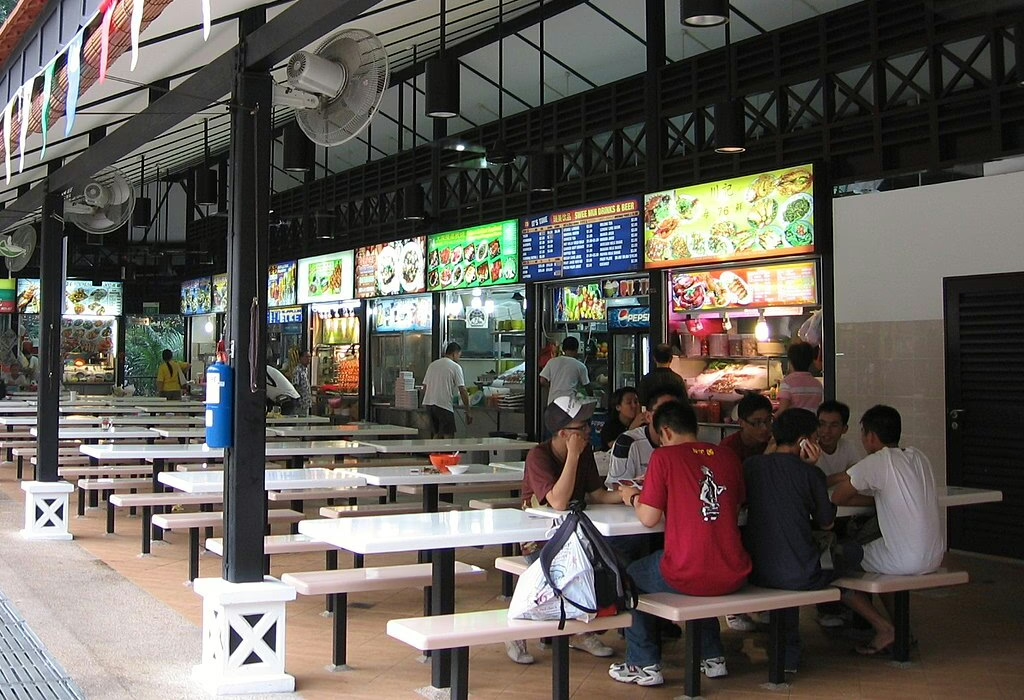
The Origins and Stories Behind Singapore’s Iconic Dishes
1. Hainanese Chicken Rice: The National Dish
This dish is often regarded as Singapore’s national dish, but its origins trace back to the Chinese island of Hainan. Hainanese immigrants brought this dish to Singapore in the early 20th century, where it quickly became a local favorite.
The key to a perfect chicken rice dish lies in the preparation of the chicken. It is poached at low temperatures to ensure tender meat. The rice, cooked in a flavorful broth made from chicken fat and pandan leaves, is equally important. In Singapore, the dish is typically served with a trio of dipping sauces. These sauces are chili sauce, dark soy sauce, and minced ginger.
Where to Try:
- Tian Tian Hainanese Chicken Rice at Maxwell Food Centre.
- Boon Tong Kee is a popular chain with several outlets across the city.
2. Chilli Crab: A Singaporean Masterpiece
Chilli Crab is one of Singapore’s most iconic dishes, known for its rich, savory, and slightly spicy sauce. The dish was reportedly invented in the 1950s by a local street food vendor, Cher Yam Tian. She added a tomato and chili-based sauce to the stir-fried crabs. Today, Singapore’s version of chili crab is world-renowned. It has a thick sauce made from a combination of tomato paste, egg, and sambal. It is perfect for mopping up with fried buns called mantou. As you can see, Singapore cuisine innovates every day.
Where to Try:
- Jumbo Seafood at East Coast Seafood Centre.
- No Signboard Seafood is another iconic spot for this dish.
3. Laksa: A Peranakan Classic
Laksa is a rich, spicy noodle soup that has roots in the Peranakan community. There are various types of laksa across Southeast Asia, but the Singaporean version, known as Katong laksa, is particularly famous. This dish combines rice noodles with a fragrant coconut curry broth, often served with prawns, fish cakes, and hard-boiled eggs. The Peranakans’ unique blend of Chinese and Malay culinary techniques shines through in this dish, making it a must-try.
Where to Try:
- 328 Katong Laksa for an authentic taste.
- Sungei Road Laksa is known for its traditional charcoal-cooked broth.
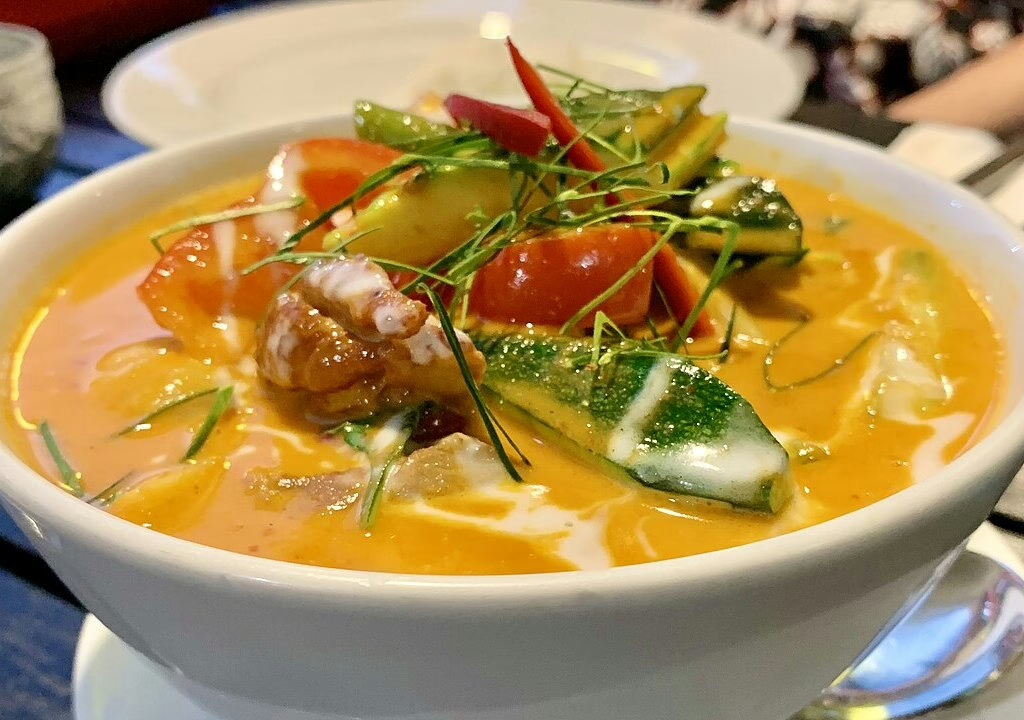
4. Char Kway Teow: Street Food at Its Finest
Char Kway Teow is a stir-fried noodle dish that represents the ultimate comfort food. Originating from Chinese immigrants, this dish is made with flat rice noodles, stir-fried in a hot wok with soy sauce, egg, bean sprouts, Chinese sausage, and cockles. The signature smoky flavor, known as “wok hei” (the breath of the wok), is what makes Char Kway Teow so beloved by locals.
Where to Try:
- Outram Park Fried Kway Teow Mee at Hong Lim Food Centre.
- Hill Street Char Kway Teow is a must-visit for its unique flavor profile.
5. Satay: A Grilled Delight
Satay, skewers of marinated meat grilled to perfection, is a dish with deep Malay roots. The marinade usually consists of a mixture of turmeric, lemongrass, garlic, and other spices, giving the meat a fragrant, flavorful finish. Served with peanut sauce, satay is a staple at hawker centers and night markets, making it a quick and easy snack or meal.
Where to Try:
- Lau Pa Sat’s Satay Street is known for its bustling night market vibe.
- Chomp Chomp Food Centre in Serangoon Gardens.
The Best Hawker Centers to Experience Singapore’s Street Food Culture
1. Maxwell Food Centre
Located in Chinatown, Maxwell Food Centre is one of the most famous hawker centers in Singapore, known for its wide variety of stalls offering everything from Hainanese chicken rice to fish soup. It’s a great place to sample authentic Singaporean dishes in a lively atmosphere.
2. Lau Pa Sat
Housed in a beautiful Victorian-era building, Lau Pa Sat is both a food center and a historical landmark. Its Satay Street, which opens in the evening, is a must-visit for those looking to enjoy grilled satay in a charming, alfresco environment.
3. Old Airport Road Food Centre
A favorite among locals, Old Airport Road Food Centre offers some of the best hawker food in Singapore. Known for its laksa, char kway teow, and prawn noodles, this food center is slightly off the tourist trail but well worth the visit.
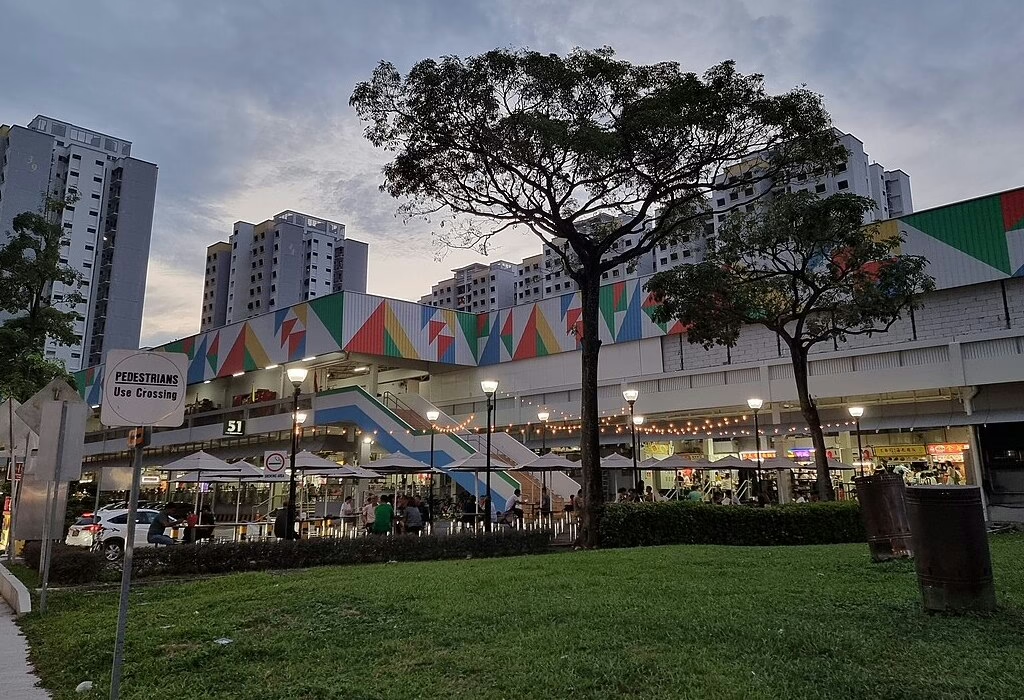
4. Tiong Bahru Market
Tiong Bahru is one of Singapore’s oldest and most famous neighborhoods, and its hawker market is equally famous. The market offers an eclectic mix of stalls selling everything from local breakfast staples like chwee kueh (steamed rice cakes) to hearty dishes like wonton noodles and roast meats.
Michelin-Starred and Upscale Dining: The Sophisticated Side of Singapore’s Food Scene
While street food is at the heart of Singapore’s food culture, the city is also home to a number of Michelin-starred and fine dining establishments that showcase Singaporean cuisine at a more sophisticated level.
1. Burnt Ends
A modern Australian barbecue restaurant, Burnt Ends has a unique take on local flavors. They use wood-fired cooking techniques to create smoky, flavorful dishes. The restaurant has earned a Michelin star for its creative and delectable menu.
2. Candlenut
Candlenut is the world’s first Michelin-starred Peranakan restaurant, offering a refined version of traditional Peranakan dishes. Located in Dempsey Hill, the restaurant combines classic flavors with modern culinary techniques to create an unforgettable dining experience.
3. Odette
For those looking for a truly luxurious meal, Odette is a three-Michelin-starred French restaurant that blends Singaporean ingredients with French culinary artistry. It continues to rank among the top restaurants in Asia, making it a must-visit for fine dining enthusiasts.
Exploring Singapore’s Food Scene
If you’re serious about experiencing the best of Singapore’s culinary landscape, a private food tour is the perfect way to go. These tours allow you to explore hidden gems, iconic hawker stalls, and lesser-known eateries, all while learning about the history and cultural significance behind each dish.
Led by local experts, a private food tour offers a more personalized and in-depth experience than simply visiting restaurants on your own. For those interested, Monster Day Tours provides curated food journeys through Singapore’s vibrant food culture, taking you beyond the typical tourist spots to discover the city’s best-kept culinary secrets.

Conclusion: A Food Lover’s Dream Destination
Singapore is more than just a city. It’s a food lover’s paradise where cultures collide to create an unforgettable dining experience. From hawker centers serving humble yet mouth-watering street food to Michelin-starred restaurants offering refined interpretations of traditional dishes, Singapore’s culinary landscape is a journey in itself.
Whether you’re savoring a plate of Hainanese chicken rice at a hawker stall or enjoying a luxurious meal at a fine dining restaurant, each bite tells a story of the country’s rich history and diverse cultural influences. Discover Singapore cuisine and culture through its food, and you’ll experience a city that is as diverse, vibrant, and delicious as the dishes on your plate.
Informative video
Collaborative Post: The views expressed are those of the external author and do not necessarily reflect those of the editorial team (see our editorial policy).
